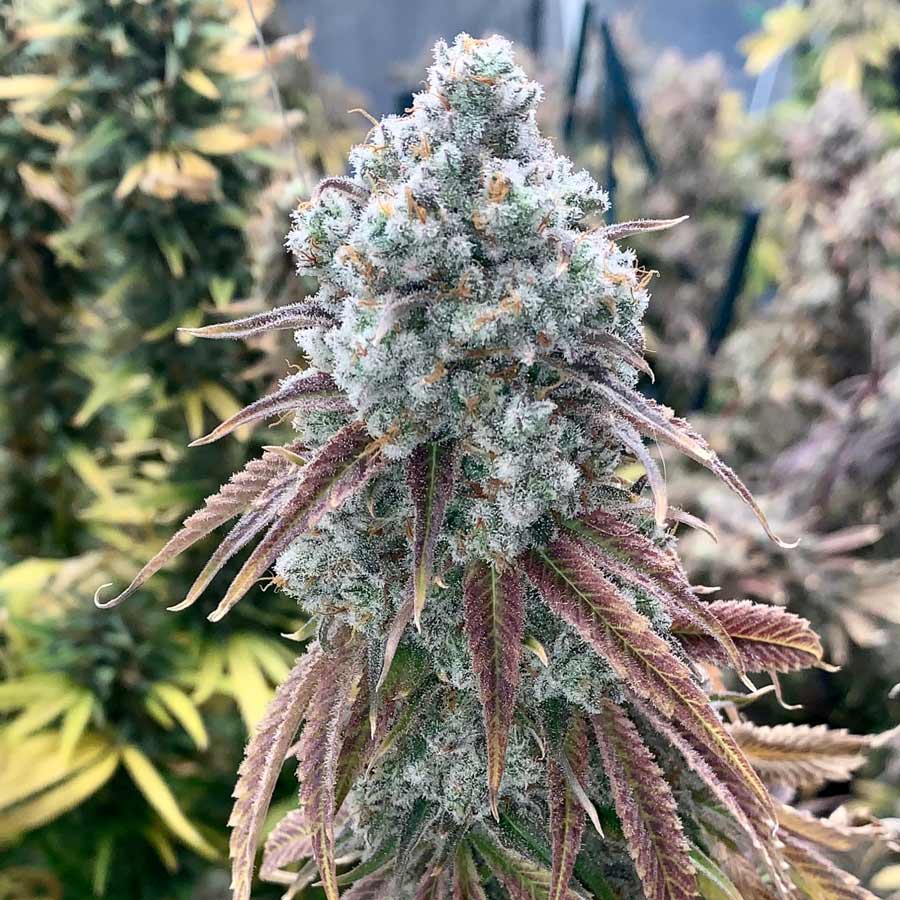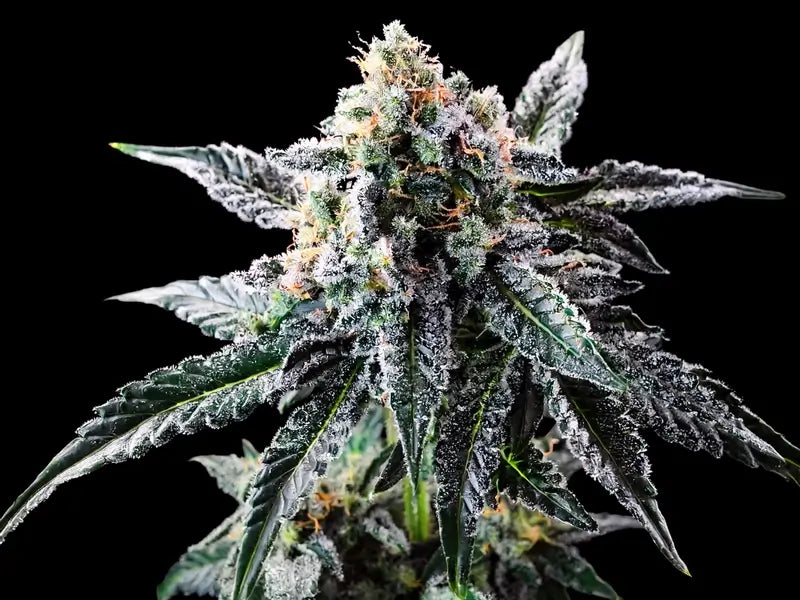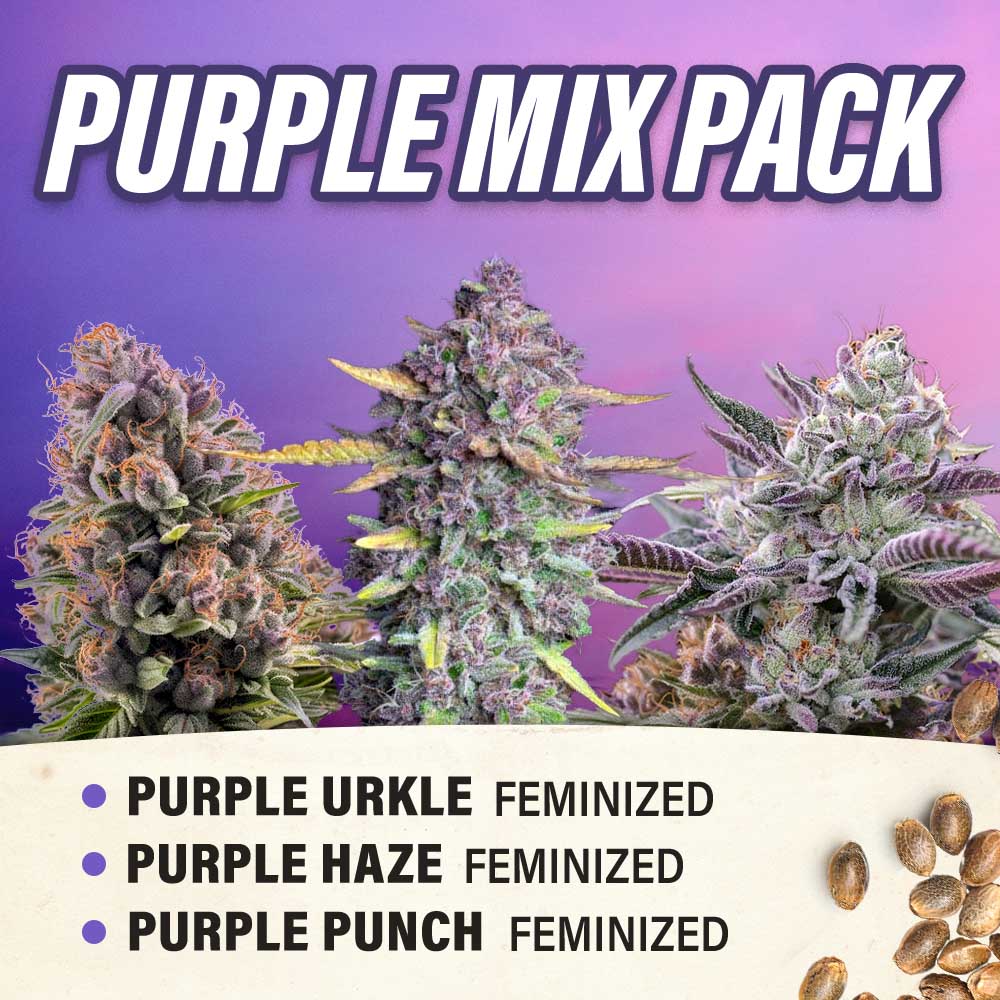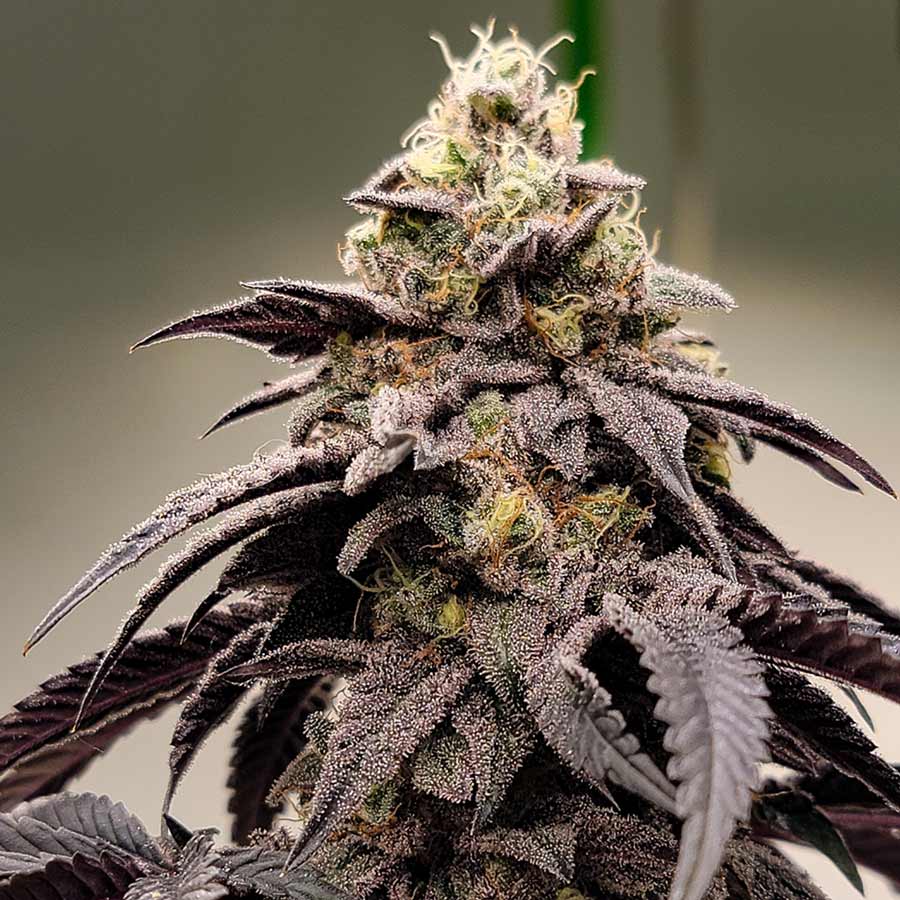Seed Bank: 5 Things to Look for in Cannabis Seed Sources
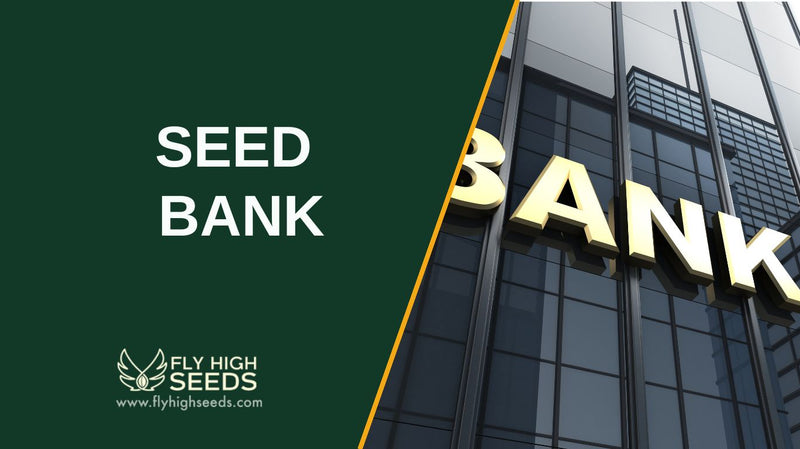
When you start learning the world of cannabis, it quickly becomes clear that everything begins with one tiny but powerful thing: seeds. Choosing the right seed bank isn’t just about buying cannabis seeds—it’s about setting yourself up for a thriving garden, a successful harvest, and maybe even a little peace of mind knowing you’re investing in quality from the start.
Key Takeaways
- Seed banks provide access to cannabis seeds with reliable genetics
- A proven track record and verified genetics signal trustworthy sources
- Wide strain selection supports different growing environments and goals
- Proper storage and preservation practices maintain seed viability
- Good customer support and transparency build confidence for growers
What is a Seed Bank?
A seed bank is a place that stores and preserves seeds for future use. In cannabis cultivation, seed banks provide access to cannabis seeds—often including premium feminized seeds and diverse strains—so growers can start their plants with reliable genetics.
Beyond cannabis, seed banks also play a role in protecting plant genetic resources, ensuring genetic diversity, and safeguarding species for long term storage and future cultivation.
What to Look for in Reliable Seed Banks

When choosing where to buy cannabis seeds, the quality of the seed bank matters just as much as the seeds themselves. Reliable seed banks not only give growers access to premium cannabis genetics but also help ensure a smooth, trustworthy experience from start to finish.
Proven Track Record
Look for seed banks with years—or even decades—of experience. A strong reputation shows they’ve consistently provided viable seeds and supported growers through changing trends and challenges like climate change.
Verified Genetics
Reliable sources back their cannabis genetics with proper verification and research. They offer feminized seeds, regular seeds, and strains bred for consistency in traits like resinous buds, yield, and taste.
Wide and Diverse Selection
Trustworthy seed banks maintain a large selection of strains to support outdoor growers, indoor growers, and those looking for rare or potent varieties. A diverse selection protects biodiversity and gives you more options to cultivate plants that thrive in your garden.
Clear Storage and Preservation Practices
Reputable banks focus on genetic resources preservation and long term storage. They properly maintain their seed collection to keep viability high and ensure the seeds germinated by customers produce strong, healthy plants.
Customer Support and Transparency
A reliable seed bank communicates clearly about the process, from breeding to storing and shipping. They provide guidance for cultivating seeds, answer questions about strains, and maintain transparency so growers feel confident in their purchase.
Red Flags to Avoid
Not every seed source lives up to its promises. Knowing the warning signs helps you avoid wasting money, time, and hope on unreliable seed banks.
- Unverified genetics – Seeds with no proof of strain, breeding, or viability.
- Limited selection – A lack of strains or feminized seeds often signals weak genetic diversity.
- Poor storage practices – Seeds stored improperly may lose viability and fail to germinate.
- No transparency – Vague details about the process, from breeding to storing, can hide shortcuts.
- Negative reviews – Consistent complaints about customer support, shipping, or plant outcomes are clear red flags.
- Too good to be true deals – Extremely cheap prices often mean low quality seeds or poor genetic resources preservation.
How to Buy Cannabis Seeds
Buying cannabis seeds can feel overwhelming at first, but a little knowledge helps you make smart choices. Here are some key tips to keep in mind before you start your seed collection.
- Know your goals – Decide whether you want feminized seeds for guaranteed female plants, or a diverse selection that includes regular seeds for breeding and preserving genetic diversity.
- Check the source – Choose seed banks with a proven record of storing, maintaining, and verifying premium cannabis genetics.
- Consider your environment – Outdoor growers may prefer strains that thrive in local climates, while indoor cultivation benefits from strains suited to controlled environments.
- Read strain details – Look for information on flowering time, yield, taste, potency, and how plants perform in both vegetative stage and harvest.
- Look for preservation efforts – Supporting seed banks that focus on genetic resources preservation helps maintain biodiversity for future generations.
- Plan for storage – If you buy many seeds, learn about long term storage to keep viability high until you’re ready to cultivate.
- Review customer feedback – Honest reviews give insights into germination rates, plant health, and whether the buds live up to expectations.
Final Thoughts

At the end of the day, the right seed bank makes all the difference between frustration and fulfillment. By choosing reliable sources, you’re not only investing in cannabis seeds—you’re investing in your garden, your harvest, and your future as a grower.
Ready to start your journey with confidence? Study premium feminized seeds and learn the difference quality makes.
Frequently Asked Questions
How long can cannabis seeds be stored?
With proper long term storage, cannabis seeds can remain viable for many years—even decades. The key is to keep them in a cool, dark, and dry environment. Many growers use airtight containers and refrigeration to maintain viability. Storing seeds properly helps ensure they’ll germinate and grow into healthy plants when you’re ready to cultivate.
Do seed banks only sell cannabis seeds?
Not always. While many seed banks focus on cannabis genetics, others also preserve and distribute seeds for a variety of plants, including food crops like corn, tomato, pepper, pea, and grains. This broader role supports biodiversity, conservation, and plant genetic resources preservation that benefit the future of global food and medicine.
What’s the difference between regular seeds and feminized seeds?
Regular seeds can produce either male plants or female plants, which is important for breeding and saving seeds to maintain genetic diversity. Feminized seeds, on the other hand, are bred to produce only female plants—the ones that grow resinous buds for harvest. Many growers choose feminized seeds for efficiency, while breeders often prefer regular seeds to produce many seeds for future strains.
Can I grow cannabis seeds indoors and outdoors?
Yes, but the approach is different. Outdoor growers often rely on climate and seasonal cycles, planting in spring and harvesting in fall. Indoor cultivation allows year-round growing by controlling the vegetative stage, flowering, and environmental factors. Each method has its own challenges, but reliable seeds help ensure strong plants and a rewarding yield in both settings.
Why are seed banks important in the face of climate change?
Seed banks act as genetic safety nets. By preserving a wide seed collection—including rare, wild, and cultivated strains—they help protect genetic resources that may be lost as species struggle to thrive in changing environments. For cannabis and food crops alike, this conservation ensures we maintain the diversity and resilience needed for future cultivation.
